SECOND LIEUTENANT ROBERT P. ‘BOB’ COVINO,
COMMANDER,
231st SIGNAL DETACHMENT
(RADIO REPAIR AVIONICS),
1965-66
transcription by Dennis Currie, Assistant Editor
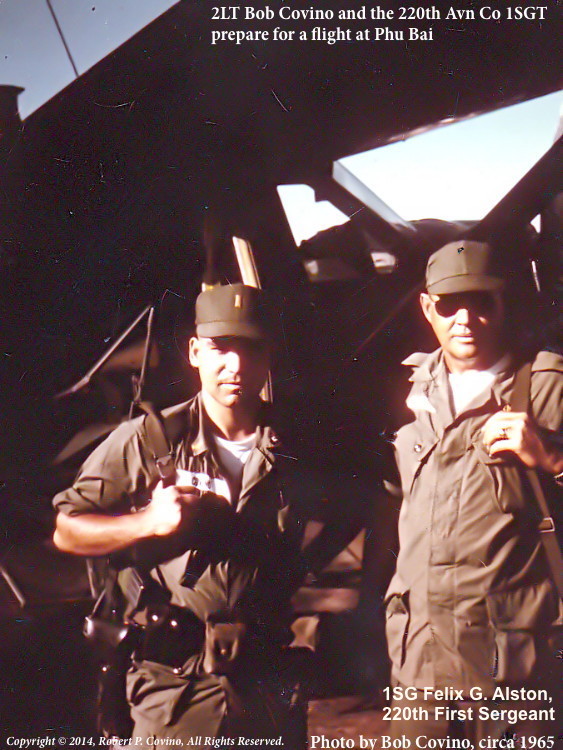
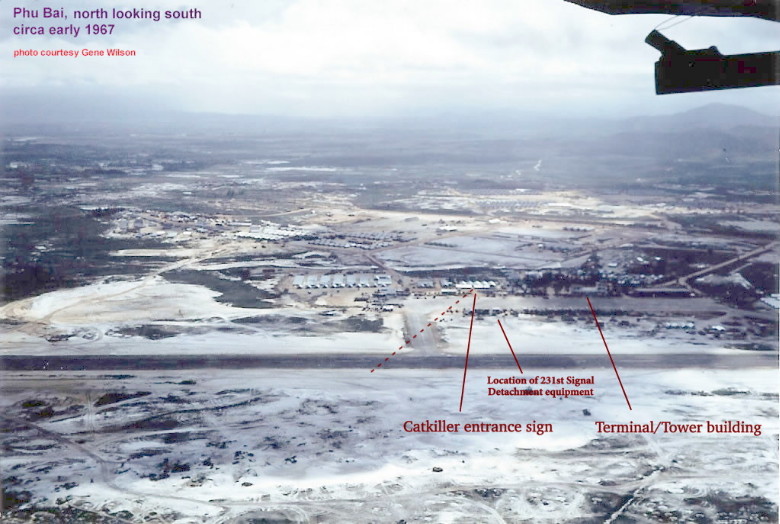
Having been born and raised in the Bronx, New York, and since my father (he was an electrician) told me as soon as I could talk that I was going to be an Electrical Engineer, I guess it was ordained that I would attended NYU College of Engineering. I graduated in 1964 with a Bachelor’s degree in Electrical Engineering and since I was in the Army ROTC program as well, I was commissioned a 2nd Lieutenant in the United States Army.
I reported for duty at Ft. Gordon Georgia in November of 1964 and attended the Signal Officer’s Basic course. After graduation I reported to Ft Monmouth, NJ for the Signal Officer’s Maintenance and Repair Course (MOS 4415). In April 1965 I was scheduled to complete the Signal Officer’s Maintenance and Repair Officer’s Course (MOS 4415) at Ft Monmouth N.J. with orders to report to the Foreign Science and Technology Center in Washington D.C. The Friday before graduation I went home to New York to spend the weekend with my parents and my fiancée. When I returned to my BOQ at Fort Monmouth on Sunday evening my roommate Don Proett, told me that “he had received new orders and thought I had too”, which I confirmed on Monday morning (order attached). The fact we were to go to Vietnam was open information at Ft Monmouth, but classified at Ft Lewis.
I was to proceed to Ft Lewis Washington and report to the 231st Signal Detachment. On the commercial flight to Seattle as luck would have it I was sitting next to Lt. Bill Welch who was a pilot with orders to report to the 220th Aviation Company. Bill would later introduce me to, and take me on my first L–19 ride. How naïve I was to that little two seat aircraft, as we were going through a test ride check list Bill said, “Have you ever been in a spin?” Before I could answer, we were in a full diving spin over the mountains of Washington. My shoulder harness was not fastened, so not only was I experiencing a spin for the first time, I was floating in the cockpit with my helmet hitting the canopy. That was my baptism in an L–19!
Upon arrival at Ft Lewis I was told I would assume command of the 231st Signal Detachment which would be attached to the 220th Aviation Co. I was also assigned the role of the 220th’s Signal Officer. The units were to be assigned to I Corps to support the 1st and 2nd Vietnamese Divisions and the 3rd US Marine Division.
The 231st was a unit in name only with a brand new TO&E. The personnel and equipment were being assembled from all parts of the United States. Since we were being deployed to a war zone we had a very high priority and as such I was able to do things like take a division commander’s command van from him and have it flown to Ft Lewis.
The TO&E called for a Captain Aviator commander, an E6 NCO and 9 radio and RADAR technicians. I was given the command because no aviators or Captains were available with my MOS. After a few months in Vietnam an NCO (SSgt Carl Davis) arrived and still later an aviator arrived assigned to the 231st as its commander. Major Curry was satisfied with my performance so he did not accept the change of command and assigned the pilot to flight duty. I remained as the 231st’s commander for my whole tour.
Our equipment consisted of 4 maintenance vans, two of which were expandable, 1 ¾ ton truck, 1 jeep, 2 generators and assorted test equipment. This was all loaded on a ship at the port of Seattle for shipment to Vietnam. The 220th and 231st personnel main bodies left Seattle Tacoma airport for Vietnam on 2 July 1965, on C–130 aircraft. We literally only stopped for breakfast at Hickham Field, Hawaii, Guam and Wake Island before arriving at Da Nang. Upon arrival at Da Nang the USAF informed us that it was too risky to fly C–130’s into Phu Bai so we were transferred to C–123 aircraft with our weapons and not much else. Upon landing at Phu Bai the C–123’s barely stopped to let us off and quickly took off.
We were briefed on the situation soon after arrival and now understood why the C–123’s left so quickly. We were told there were six VC battalions in the hills around Phu Bai and they were expected to attack in the next few weeks. That attack never occurred.
We landed at Phu Bai on the 4th of July and there were plenty of “fireworks” to mark the occasion. The Marine artillery (we had a reinforced Marine Battalion from the 3rd Marine Division providing security for Phu Bai) fired their 105s all night in support of a Marine outpost that was under attack in the hills. We could see the hill from our camp and the whole hill was a mass of flame except for the top where the outpost was.
Our equipment was unloaded at Da Nang and we had to convoy it to Phu Bai via highway 1, a thankfully uneventful trip but still a white knuckle one at least for me.
The 231st was assigned an area next to the tarmac. We set up our vans, connected the generators and were operational in one day. We eventually had a partial hanger constructed between two of our vans so that we could work on aircraft in bad weather and out of the hot sun.
After we were at Phu Bai for a while Major Curry and his staff (which included me) took some L–19s to Hue for an intelligence briefing. We were told that the VC and NVA were planning to create another Dien Bien Phu at Phu Bai. We returned to Phu Bai and coordinated defenses with the Marine Battalion. My position with some of the 231st personnel was a 50 Cal machine gun tower. The 8th RRU that was located adjacent to our area commenced burning their classified documents. Soon after, one of our L–19s was sent up to scout the area on a very overcast day. As a result, an enemy force was spotted approaching the field. This force (I do not remember if it was VC or NVA) was then engaged by the Marines. Marine F4s from Da Nang also took part in the battle, flying in low overcast, at tree top level, and flying directly over us. (to the best of my recollection two of them flew into a mountain on the way back to Da Nang). What also occurred by chance, a Vietnamese Airborne unit ran into an NVA force heading to Phu Bai to join their friends in the attack.
Fortunately the attack was foiled before the enemy units were in position and the airfield was not broached.
The Marines beat off the attack but took a number of KIAs and WIAs. The Marine KIAs were laid out in body bags next to Major Curry’s tent and stayed there for a while because it was too overcast to fly them out.
Being the lowest ranking officer (still a 2nd Lt) in Major Curry’s command but an independent unit commander I was put in the position of having to disobey direct orders from pilots who outranked me to perform repairs on their aircraft immediately that I knew were incorrect. One incident resulted in a pilot screaming a direct order to me on the field which I refused. What he wanted us to do on his aircraft to fix a problem was totally wrong. These instances were reported to Major Curry by some officers. When I explained the circumstances to Major Curry he called in his platoon leaders and me into the 220th HQ and he pointed at me and said to his platoons leaders, “he out ranks you all”. That was the end of those types of incidences.
Disobeying orders was to become a hallmark of my career, when on another occasion I disobeyed a written order from my command in Saigon. All our UHF radios had sealed modules one of which was a power supply which had a high failure rate. An order come down from Saigon stating that under no circumstances were the modules in these radios to be opened in the field and that they had to be sent back to Collins radio in the states. That would have been fine if there were sufficient spare modules which there weren’t. As a matter of fact over the year I was there virtually no spare parts of any kind arrived from the states.
The choice was to disobey the order or ground planes. So I authorized one of my technicians (I believe it was Steve Nogle) to open one of the power supplies up and see what was going on. He discovered that there were two power transistors in the module one of which had failed so we opened more modules and found the same situation. The solution was to take a good one out and a put it in another failed module and send back a module to the states with two bad transistors. I informed Major Curry about what I had done and he backed me 100%. I also sent a letter up the chain of command indicating that I was disobeying the order and why. I ultimately never heard anything more about it!
The lack of parts was rampant, if we did not bring it with us we did not have it. So we cannibalized inoperative units to get others working (to include our generators which were our only source of power). Every plane we sent back to the states for overhaul had cannibalized radios but each radio had a detailed note inside stating what was taken out.
What parts or spares I did get, I got from my friend Don Proett, who was now commanding a Signal unit in Saigon. On one of my scrounging visits to Saigon in a Beaver or an Otter , Don assisted us in loading up a bunch of supplies and we then departed for Phu Bai . It was a perfect VFR day and we were scheduled to refuel along the way. Well, the weather was great so the pilot who is now deceased, (so he shall go unnamed) decided that we could make it all the way without refueling. As we flew along we kept getting driven lower by clouds and reduced visibility. At some point north of Nha Trang and south of Da Nang we were running low on fuel and altitude, resulting in our following the coast at an altitude of a few hundred feet, when coming the other way out of the fog was a twin engine aircraft heading right for us. WE DIVED TO MISS IT. Almost out of fuel and visibility we landed at Da Nang and went right to the Officer’s club for drinks! We flew home the next day more relaxed and thankful that our ordeal ended safely.
As commander I had opportunities to travel, and one day I went on a mission around a Special Forces camp. We landed at the camp which was a split Aussie and US team to discuss the mission and situation. Here were these guys in the middle of nowhere with a tribe of Vietnamese Montagnards, in loin cloths, carrying spears and bows. The term Montagnard means “mountain people” in French and is a carryover from the French colonial period in Vietnam. To say I was impressed with these Special Forces guys is an understatement.
Another adventure I had involved one of our L–19s making an emergency landing somewhere in the bush. A bunch of us grabbed our weapons and took off in a Marine H–34 and headed for the plane. We landed next to plane with a bunch of Vietnamese with weapons not in any kind uniform all around the plane. That was a white knuckle experience for me but fortunately they were local friendlies. The L–19 was returned to Phu Bai beneath a Marine H–34. There were two other incidents I recall in which pilots by “divine intervention” survived.
Upon returning from a mission Capt. Woody Woodhurst looked a bit shook up. When asked why, he explained that he had flown thru a B–52 strike. It was amazing he lived to tell about it.
The other incident involved Lt [James A.] Harris (he was already in country when we arrived and was subsequently assigned to the 220th). During a mission he said he bent forward in the cockpit for no apparent reason. At that moment a bullet went thru the cockpit where is head would normally be.
On a more humorous note. At one point we ran out of beer. One of the OV–1 Mohawks that was stationed at Phu Bai went on a mission to get some. Between the camera bays and rocket pods he was able to deliver 22 cases of beer.
A lot of credit has to go to these guys in the Mohawks. They flew the Ho Chi Min trail and their loss rate was horrendous. A number of their crews are MIA.
After my return to the states I was assigned to the Signal Missile Support Det. at Oakdale PA. The mission was to support the Nike Hercules batteries that protected the area. I was soon married to my fiancée Renita (we are still married with four children and ten grandchildren) and we settled into Army life. We both liked the service and were considering staying in until I found out that my unit was to be disbanded in six months and my MOS was being returned to Vietnam in six months.
After returning to civilian life I was assigned to a reserve unit and retired from the Army as an O–6.
PHOTOHRAPHS BY BOB COVINO TAKEN IN VIETNAM:

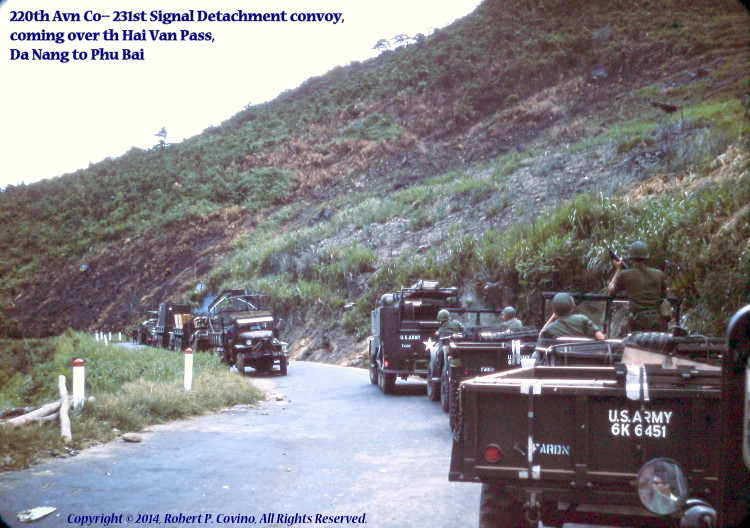
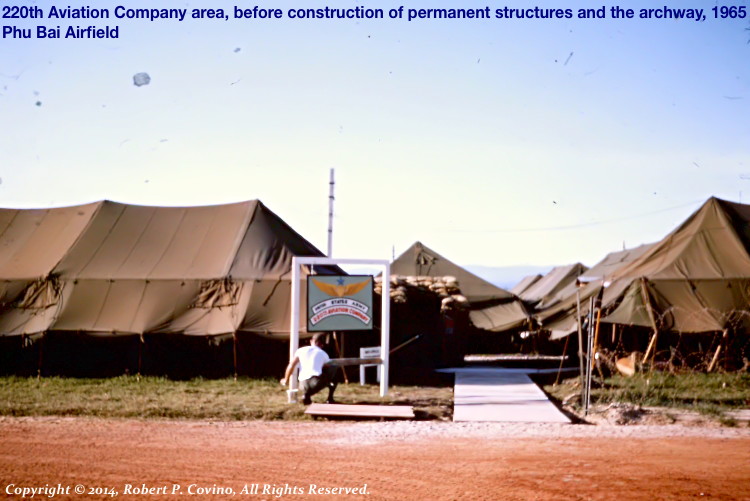
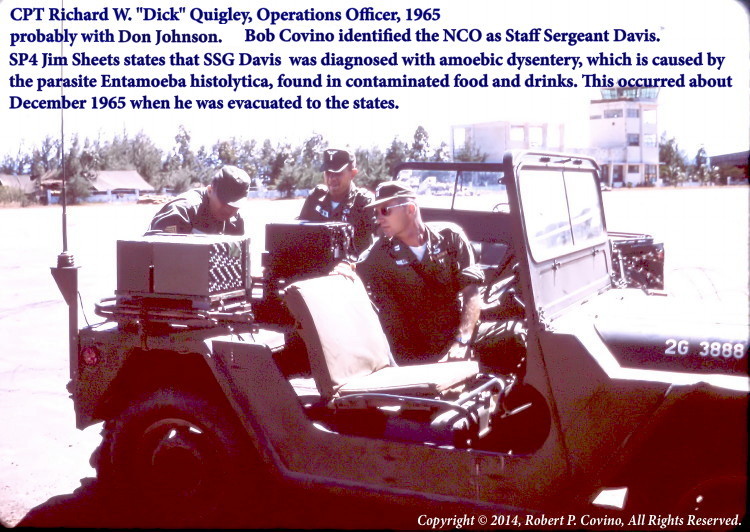
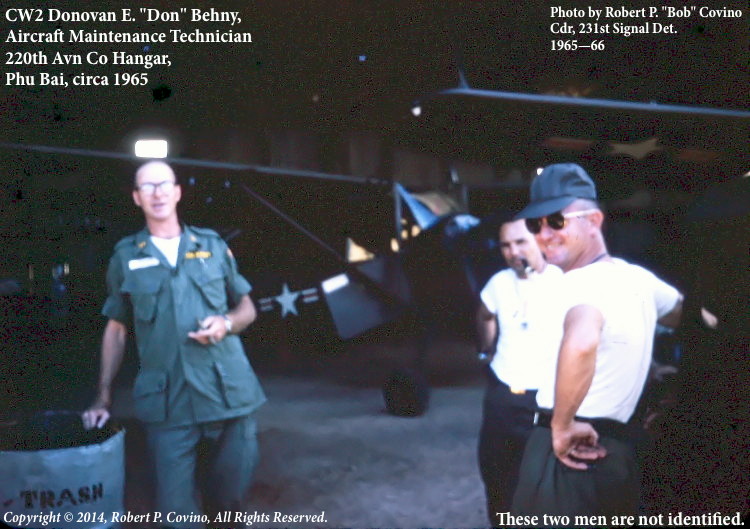

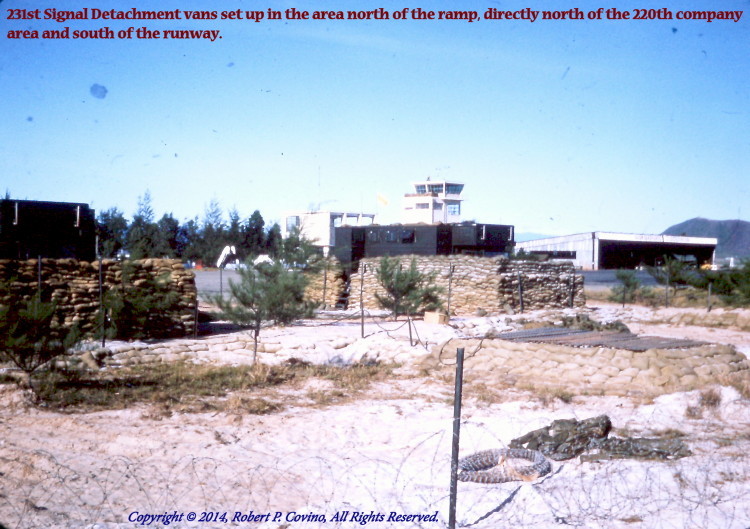


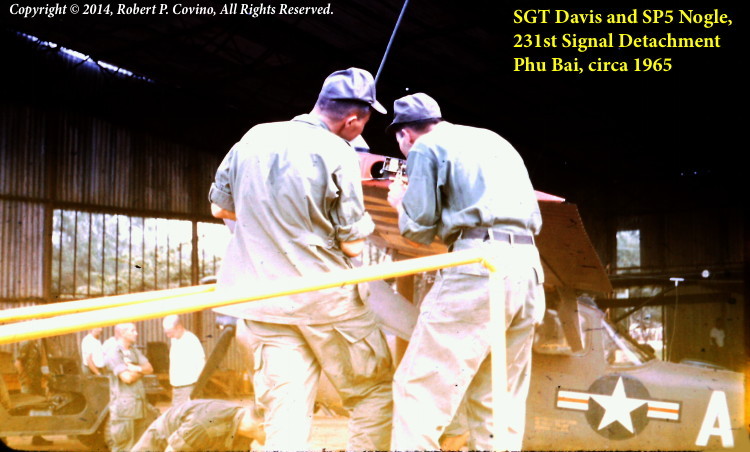
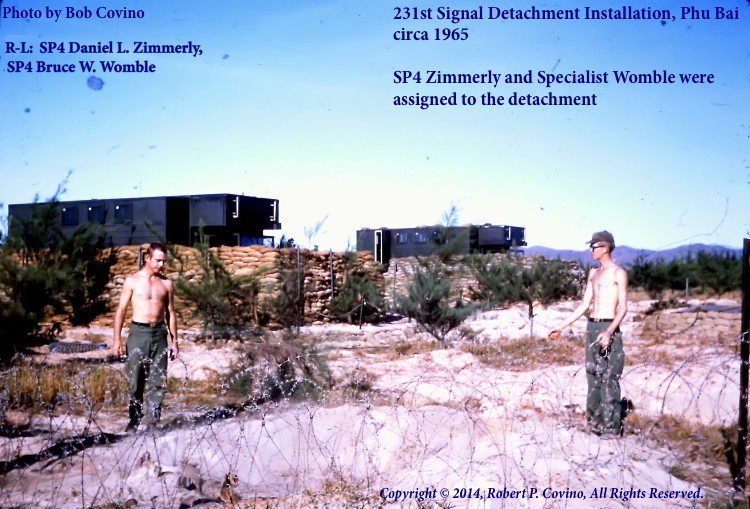
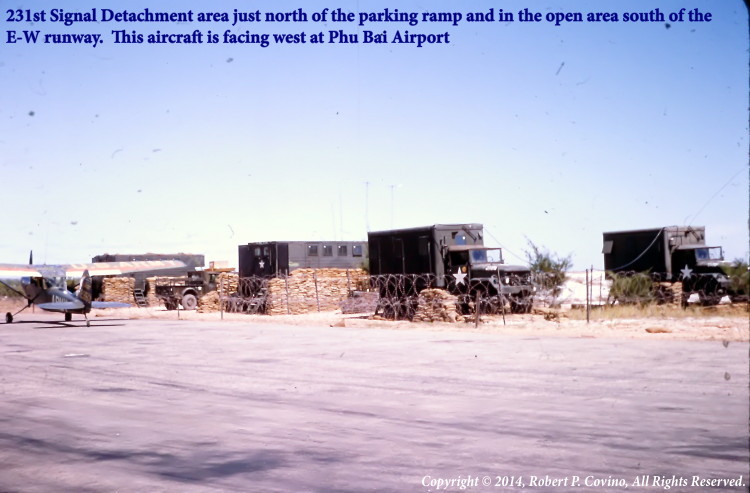

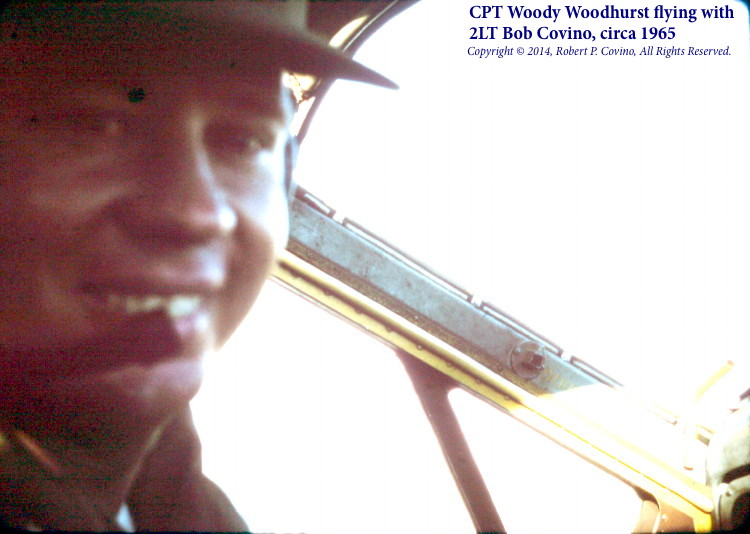
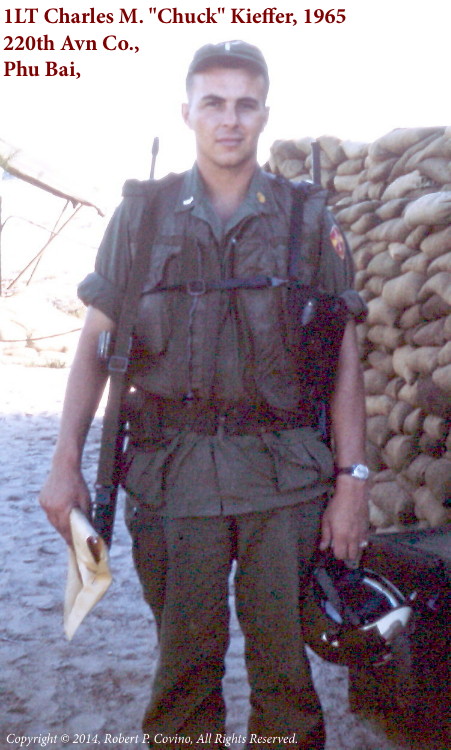
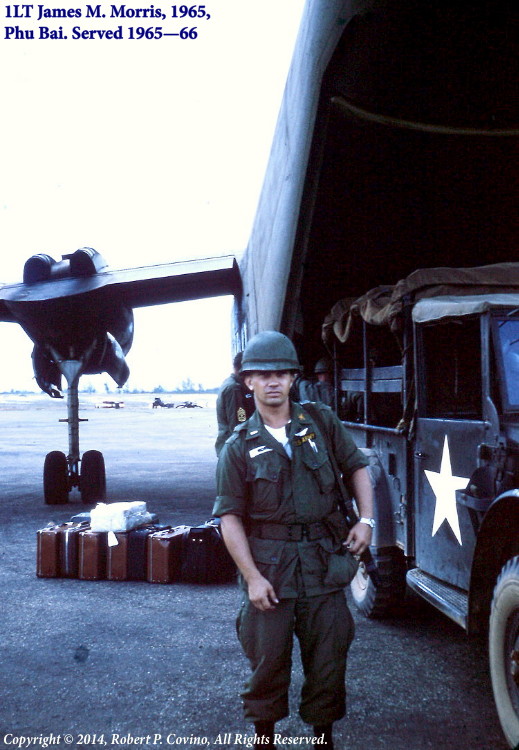


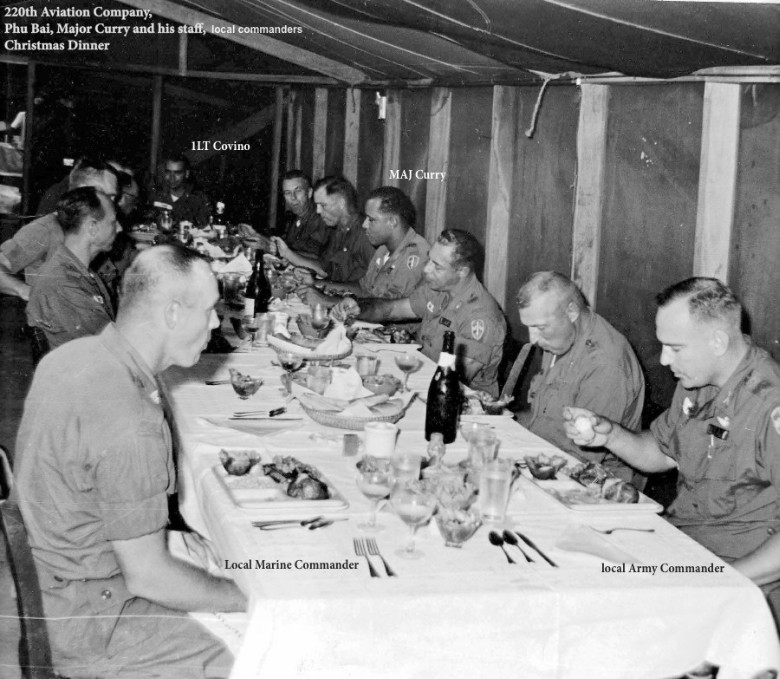
EDITOR’S NOTE: 231st Signal Detachment RVN Gallantry Cross w/Palm—27 Mar 67–17 May 68, DAGO 46, 69, amended DAGO 21, 69. DA PAM 672–3, Decorations, Awards, and Honors, Unit Citation and Campaign Participation Credit Register, 29 January 1988, page 61.
ADDITIONAL SLIDE PHOTOS RECOVERED BY BOB COVINO IN 2014:
[PLEASE HELP IDENTIFY THE UNIDENTIFIED]
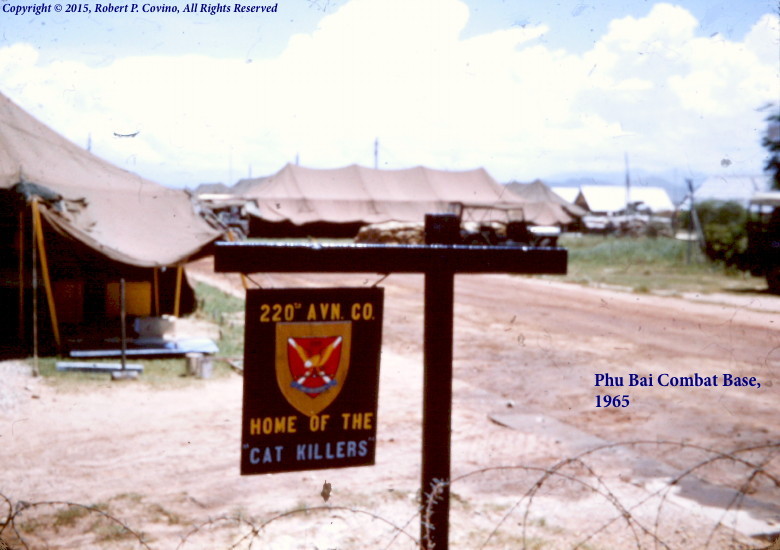
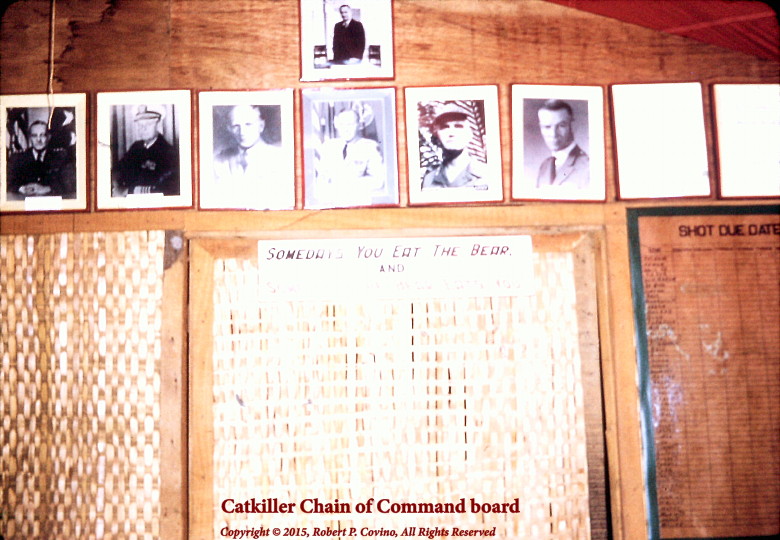
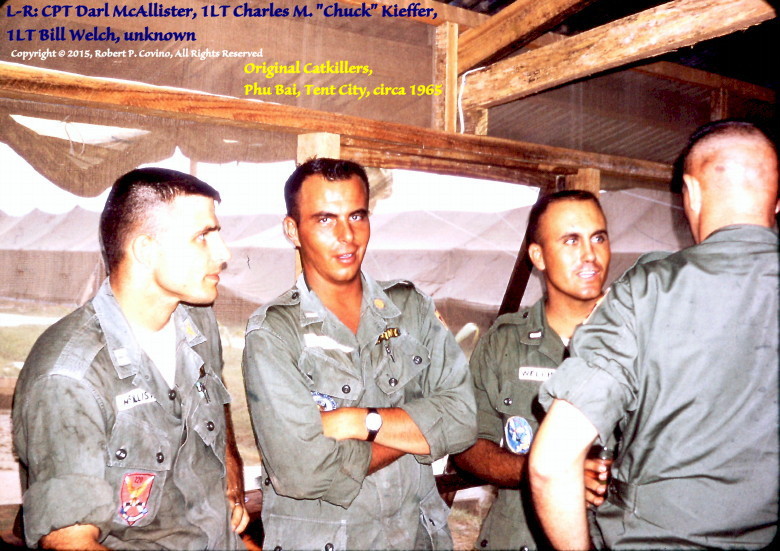
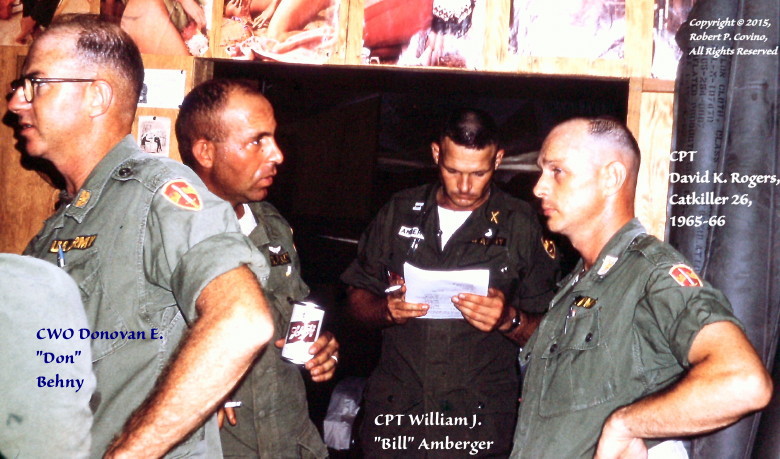

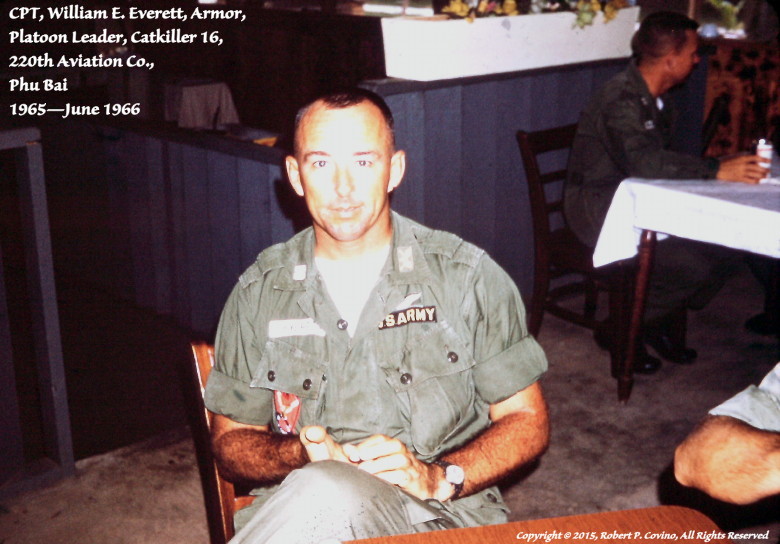

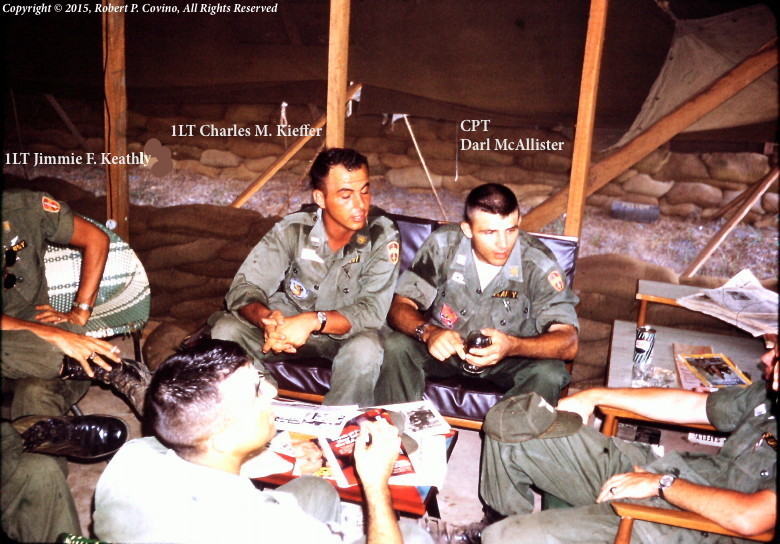
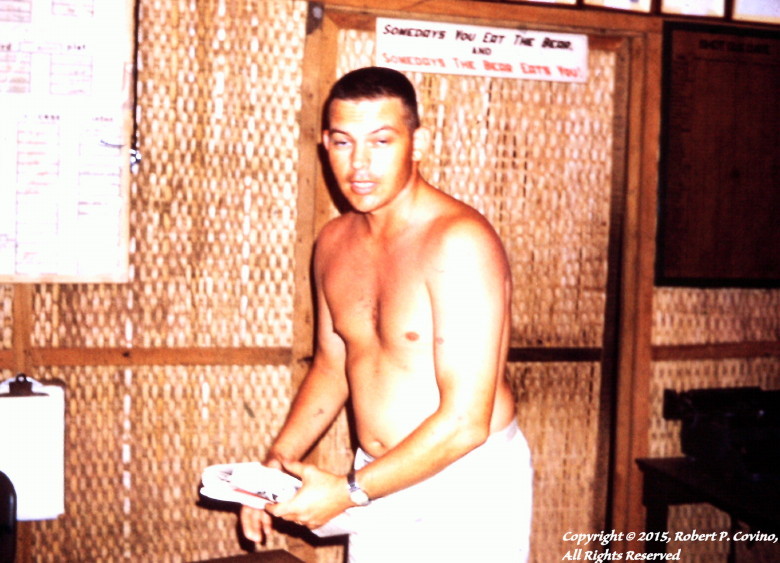
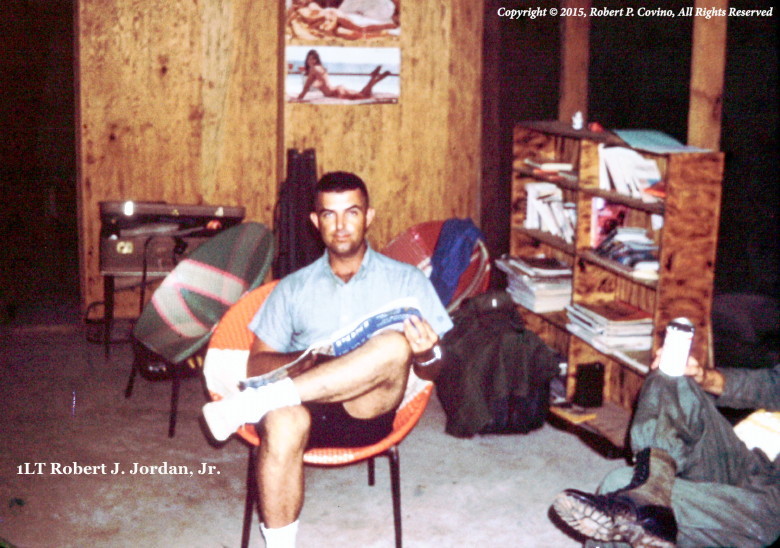

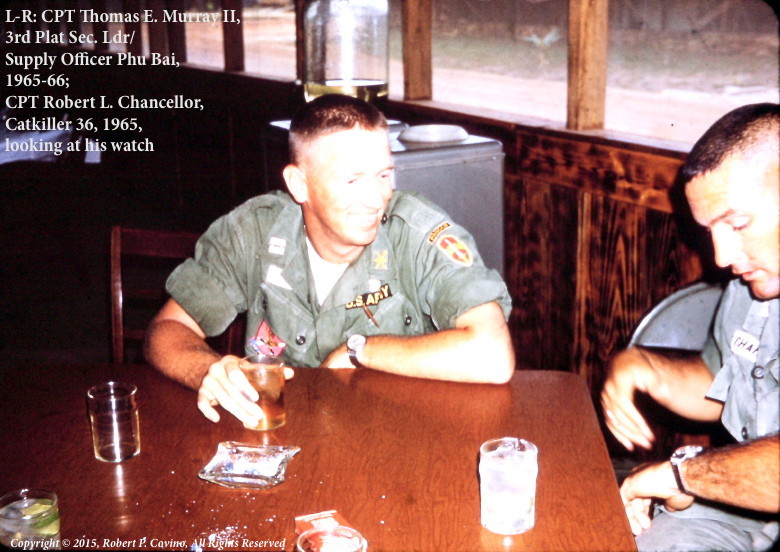
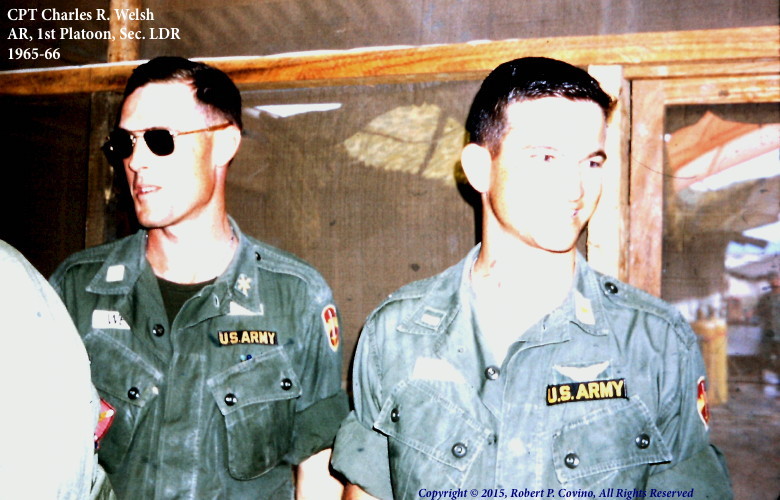
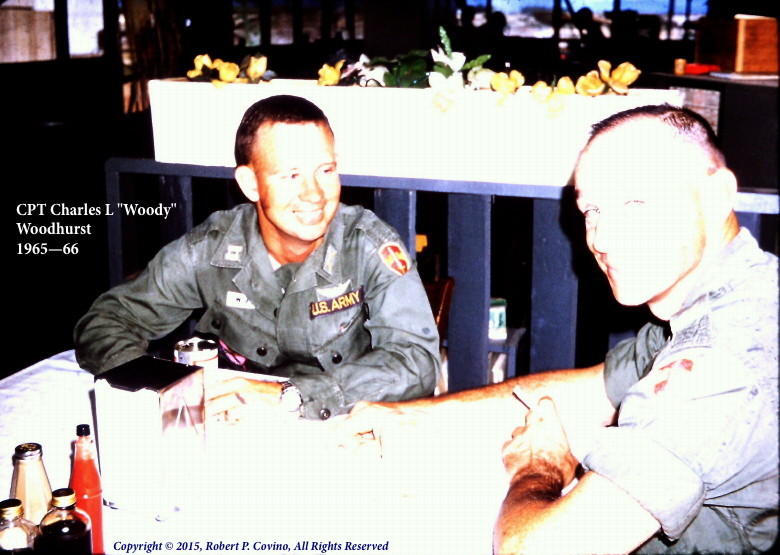
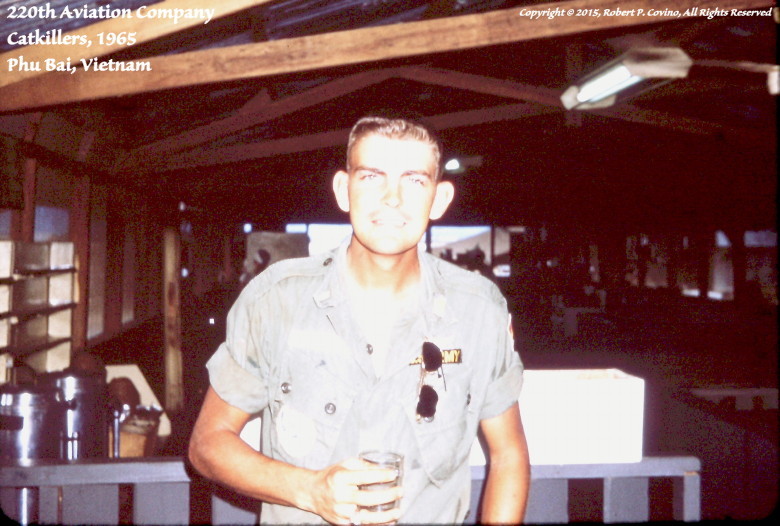
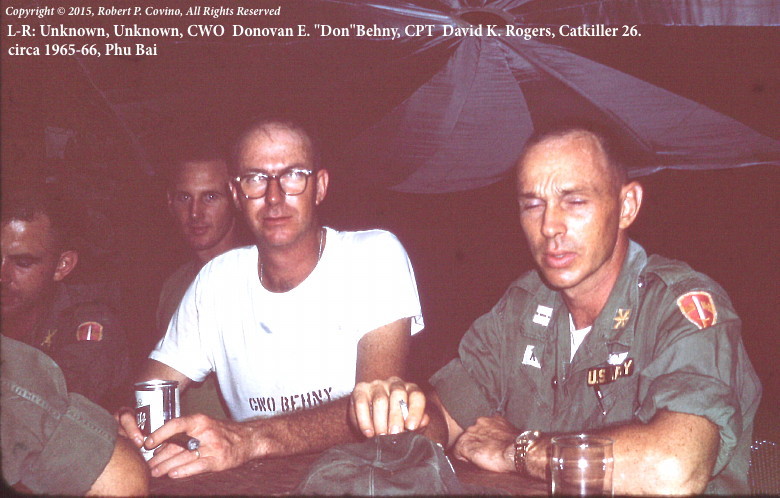

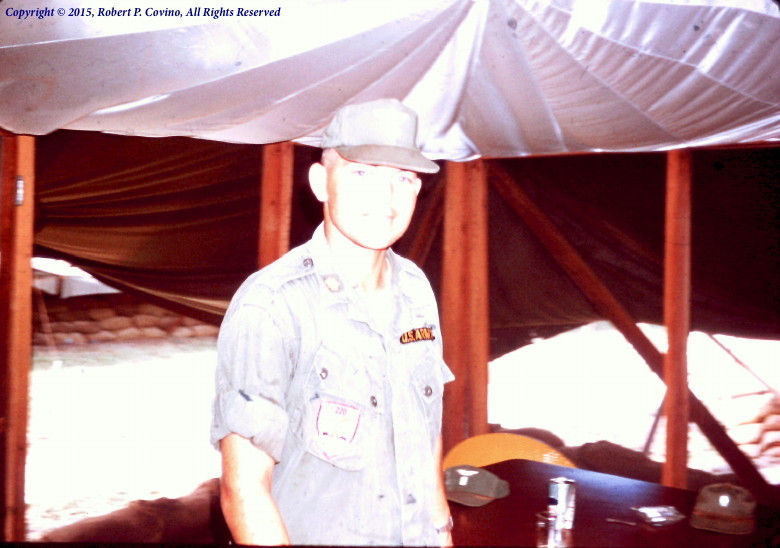
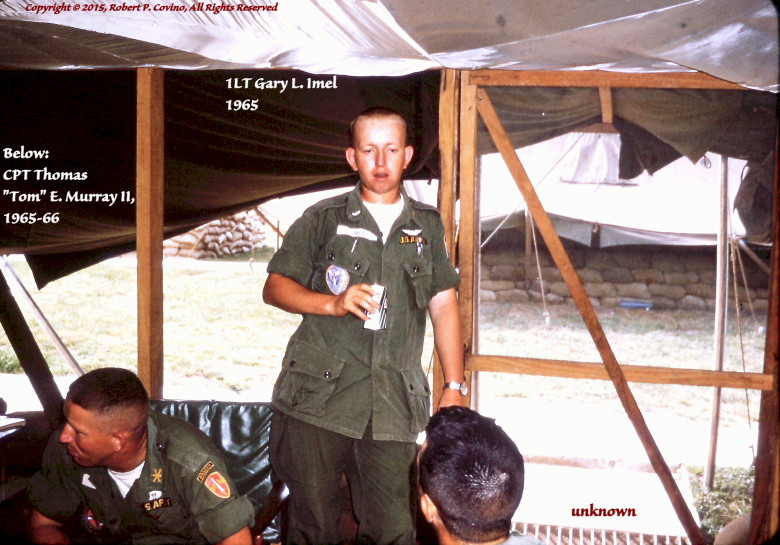
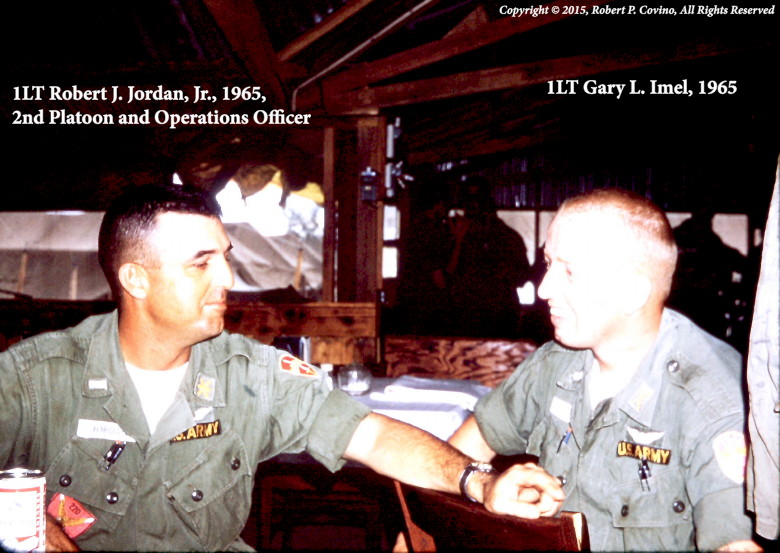
Historical note regarding LT Jordan:
Major Robert J. Jordan, Jr. entered the Army in 1956 and completed a tour in Germany in the Infantry and Cavalry. He later served at Fort Sill as a Field Artillery radar mechanic until entering Field Artillery OCS. Upon graduation he entered fixed wing flight school followed by a tour in Vietnam. Following rotary wing transition, he served a year in Germany as a battery commander before returning to Vietnam. He completed the advanced course in 1970 and then was assigned to the Target Acquisition Department as a branch chief. In July 1971, he received hi s B.S. in business from Cameron College and returned to Fort Sill as an aviation battalion executive officer and later as the S-3. He assumed command of the Skycranes in September 1972 SOURCE: Bio, Major Robert J. Jordan, Jr.

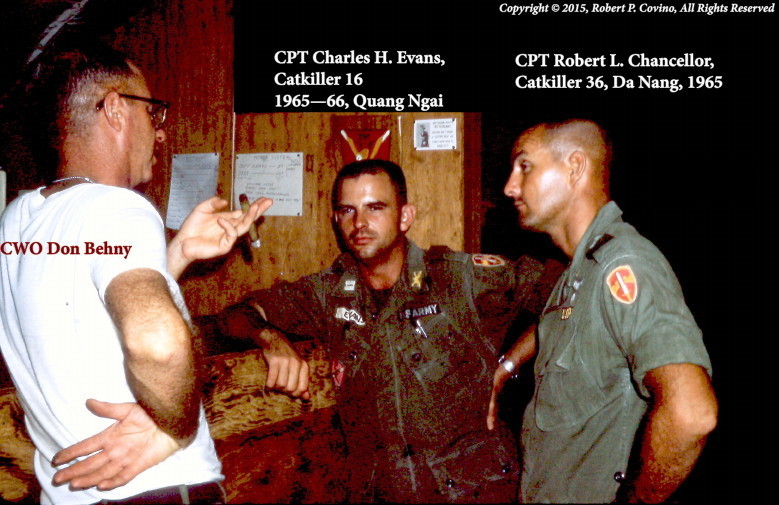
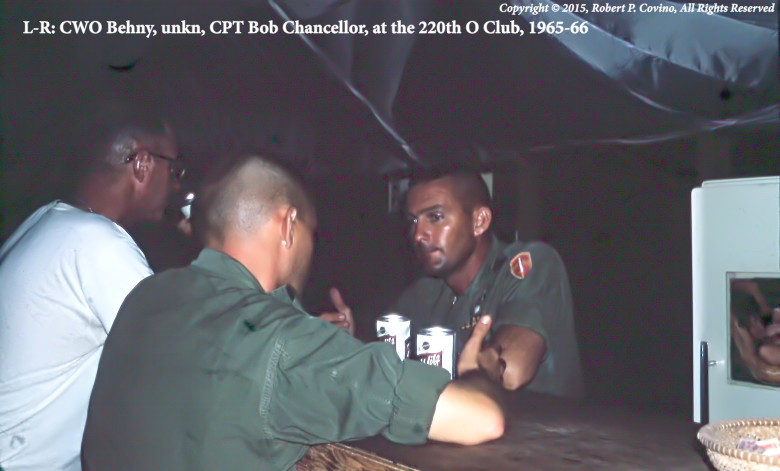
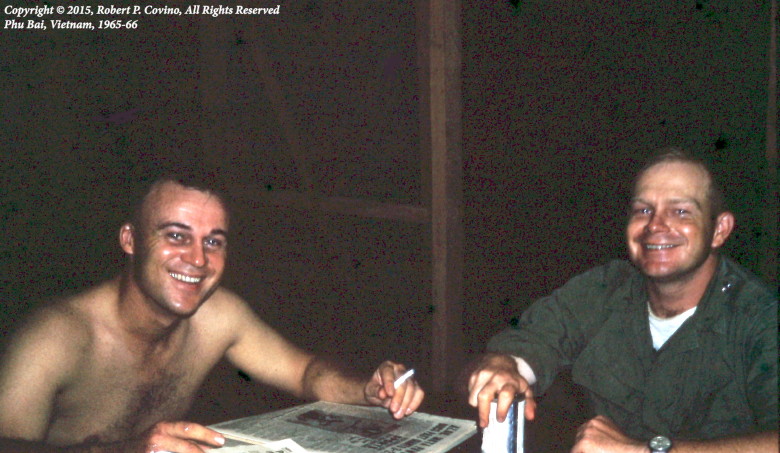


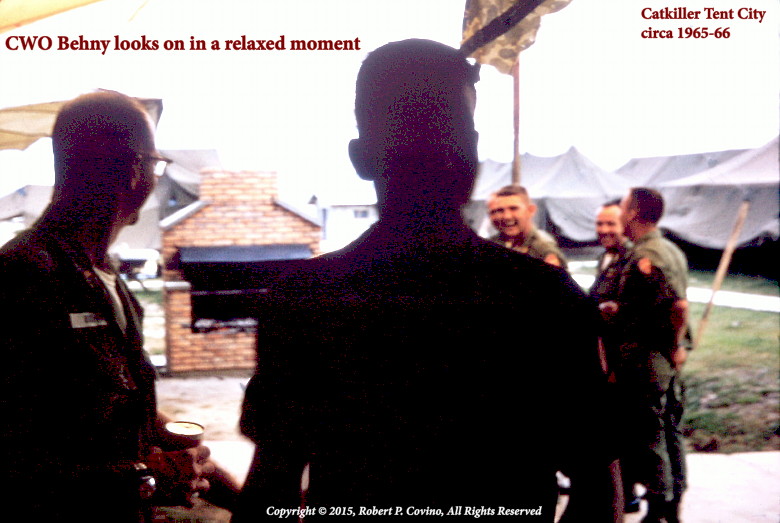
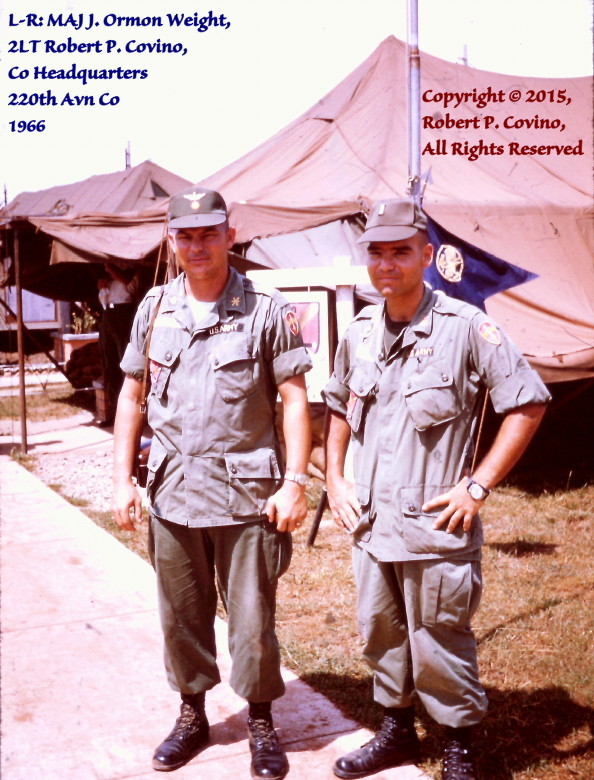
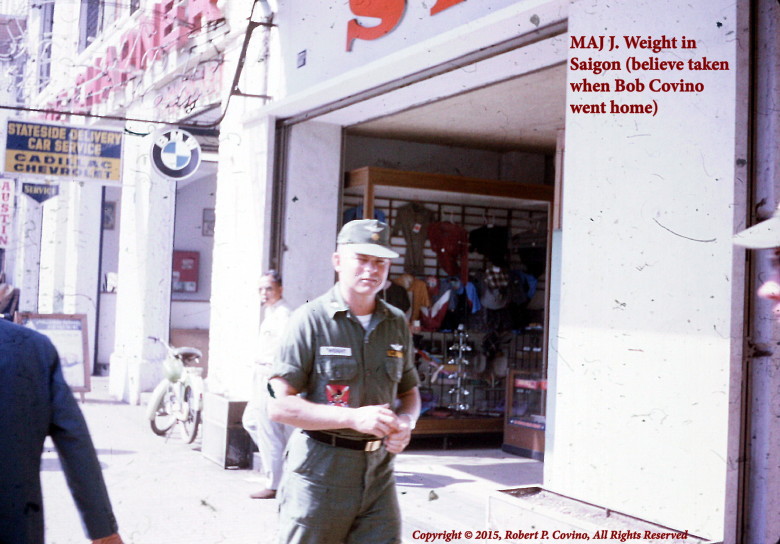
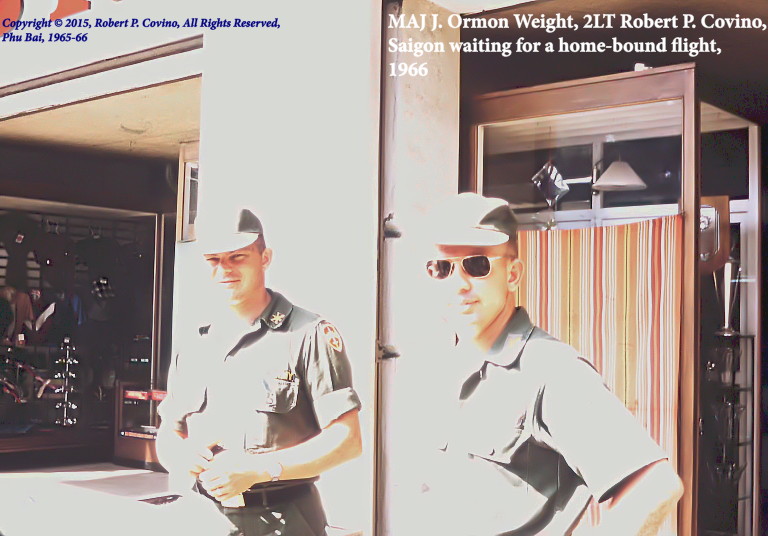
— A SUPER—SIGNAL SOILDIER GOES HOME —





